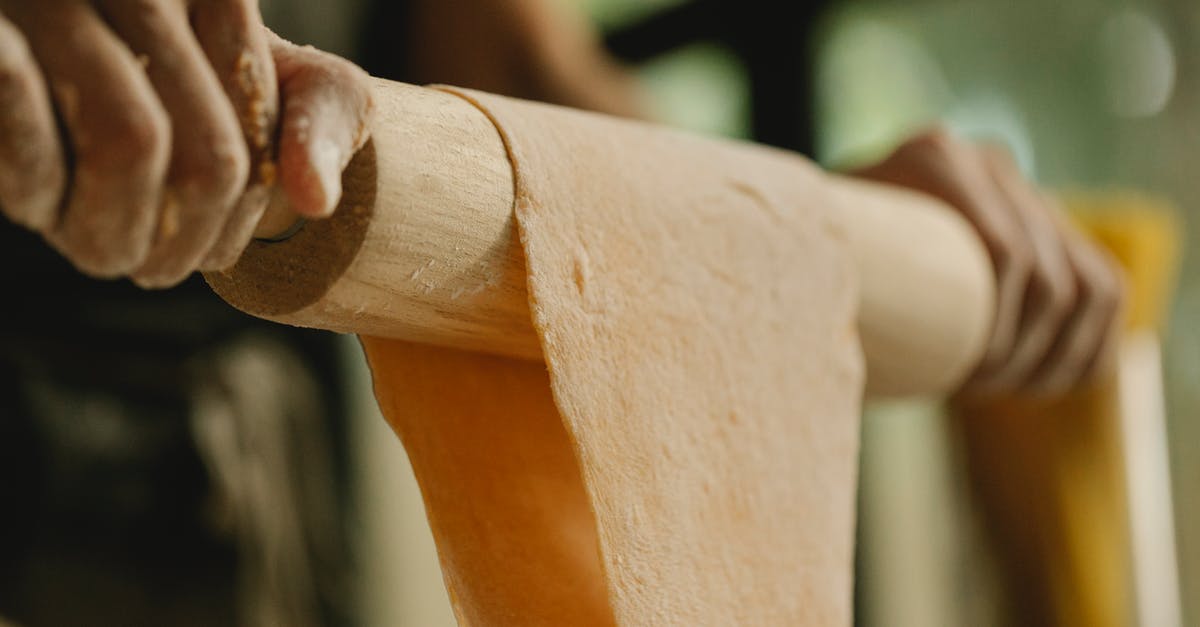Soft dinner rolls always taste bland or flat

I proof Granular Rapid Rise yeast in mix of milk/water/honey/touch of flour and 100 - 110 degrees, adding the yeast. Always proofs really well, doubling etc. I have made these so many times, you would think I would give up,, I cook alot, bake a good deal, and always seem to get a great shiny dough, buttered and rises with all the unpredictability yeast dough can - moisture content, temp. etc I like a softer dough, not quite sticky, and punch down, and rise a second time. I know the times that I've allowed rises to happen too quickly - but generally an hour for each rise, almost double rise first time, and 3/4 rise the second time. I use eggs, milk, water, King A. Unbleached AP Flour, some sugar* and some salt*. sometimes I mix in butter, sometimes mix of shortening/butter, and like tonight, very little butter, with heavy cream instead of milk.
I think the texture is good, very consistent crumb, soft crusts ( egg wash or butter), and they look great. Trouble is the taste:
- Seems to me that butter helps, but really salt and sugar will affect the flavour/taste the most. Would you agree with this?
- I like a sweeter dinner roll, and with the sugar in the proofing liquid, I may only add another couple of tablespoons no more.
- Perhaps salt is my weakness, I love salted things, and try to add as much salt as I feel I can, but worry so much about harming the yeast, am I just not putting enough? tonight, I put a total of 1.5 tsp in dough of 4 eggs, 4 cups flour, 3 tablespoons of sugar, 2 tablespoons of honey, 1/2 c. water, 1/2 cup whpping cream, for a total of 1.75 cups of liquid. Dough was predictably soft and sticky, but came together, so while kneading added approx 1 more cup flour until just soft, shiny, and smooth. I kneaded by hand for about 2 - 3 minutes until I felt the dough was not too elastic, smooth and formed a nice soft ball. The rises were as mentioned above, pretty good.
- I have half of the dough in the refrig. to perform a slower rise, which I understand develops a better yeast flavour - I hope so, but now I realize that the finished rolls are just bland. Like just the flour taste, maybe a touch of the honey, but otherwise, flat, cardboard flavor. Hard to throw them away when they look so good, texture is great and all that unsalted butter waiting to go on them!
I need advice please - what am I missing or doing too much of? Do you think longer rises? More salt? less yeast? Sorry for the long question - wanted to give you as much info as possible! thanks, Brad
Best Answer
You've answered this question yourself.
Flavor in bread comes from:
- salt
- yeast action
and to a lesser degree
- fat
- sugar
Obviously you have plenty of fat and sugar. As you suspect, your yeasty flavor will be improved by letting it rise longer in the fridge.
Flat flavor in bread is almost always because of not enough salt. I agree with you that you don't have enough.
As the saying goes: "Bread without salt is insipid"
For how much salt is good, see this question: Amount of salt in bread
About 2% of the flour weight. In your recipe with 5 cups of flour (600g) that would be just over 2tsp of table salt (12g).
I use kosher salt and would probably use closer to a tablespoon for a batch of bread this size.
Pictures about "Soft dinner rolls always taste bland or flat"



Why do my dinner rolls taste bland?
Bland bread comes from either too little salt or a rushed rising stage. When the dough rises, fermentation adds flavor. The longer it can rise without over fermenting, the more complex the flavor will be. Slowing down the rise will make tastier bread.How do you make dinner rolls more flavorful?
Butter basting: Rolls can be brushed with butter before, during, or after baking. While it doesn't brown the surface as much as egg wash will, it does promote browning and adds a lot of flavor.What is the difference between soft roll and hard roll?
Sometimes you'll see rolls labeled as \u201chard rolls\u201d and \u201csoft rolls.\u201d Hard rolls are just that: hard exterior and a sturdier interior. Soft rolls, however, are soft inside and out. They tend to have a higher percentage of liquid to flour as well as extra fat in the form of butter or oil and eggs.What is the texture of a dinner roll?
The baked rolls turned out crusty and chewy with a light, airy interior texture reminiscent of a baguette.Quick Dinner Rolls Recipe / Soft and Fluffy Dinner Rolls in 4 simple steps
More answers regarding soft dinner rolls always taste bland or flat
Answer 2
In addition to more salt you should consider a few things to improve your flavor. One primary piece of advice would be to try other flours. AP flour is the dullest possible base for bread, and even with more salt, sugar, fat, and a long rise in the fridge there's only so much flavor you are going to get. Malted barley flour, malted wheat flakes, and oat flour all have a natural sweetness and complexity. Rye, whole wheat, spelt, and others add more of a nuttiness. If you want more flavorful bread start with more flavorful flour.
Another suggestion would be to start by making a sponge. A sponge is made by mixing some of the flour and water (say 1/4 or 1/3 of each) from your recipe and your yeast, then letting it sit awhile. This gives you an active and healthy yeast base, but also creates flavor, especially if you let it sit overnight in the fridge.
You could also try other strains of yeast, or natural yeasts. The yeast you buy in the store is reliable and fast, typically at the expense of flavor development. What else is available depends on your location, but there's plenty of options you can get off the web.
Answer 3
For me, this works: 1) before adding the yeast, I rest the dough with sugar added for and hour or so. The french call the autolyse. No salt.
2) I add yeast.Knead. Then I add salt. (Salt hampers yeast). Adding fats (butter, olive oil) result in a finer crumb. I find that olive oil gives more taste, butter is more well, cake-like I suppose. Proof a long time, a day and night. Even in the tropics, I leave the dough outside the fridge. I use a bit less yeast than normal, because of the long proofing time. You can smell the yeast building up complex tastes.
I shape it in its final form, and proof for say a final hour before baking, until it has risen as much I want (or it wants).
so, I think: do an autolyse, use long proofing time on relatively high temp, dont use too much salt and first mix the yeast in, use long proofing, and use olive oil.
If you want it salty, an option is to sprinkle salt on the surface before baking, so you do not destroy the yeast.
Sources: Stack Exchange - This article follows the attribution requirements of Stack Exchange and is licensed under CC BY-SA 3.0.
Images: ready made, Ketut Subiyanto, Klaus Nielsen, Andrea Piacquadio
